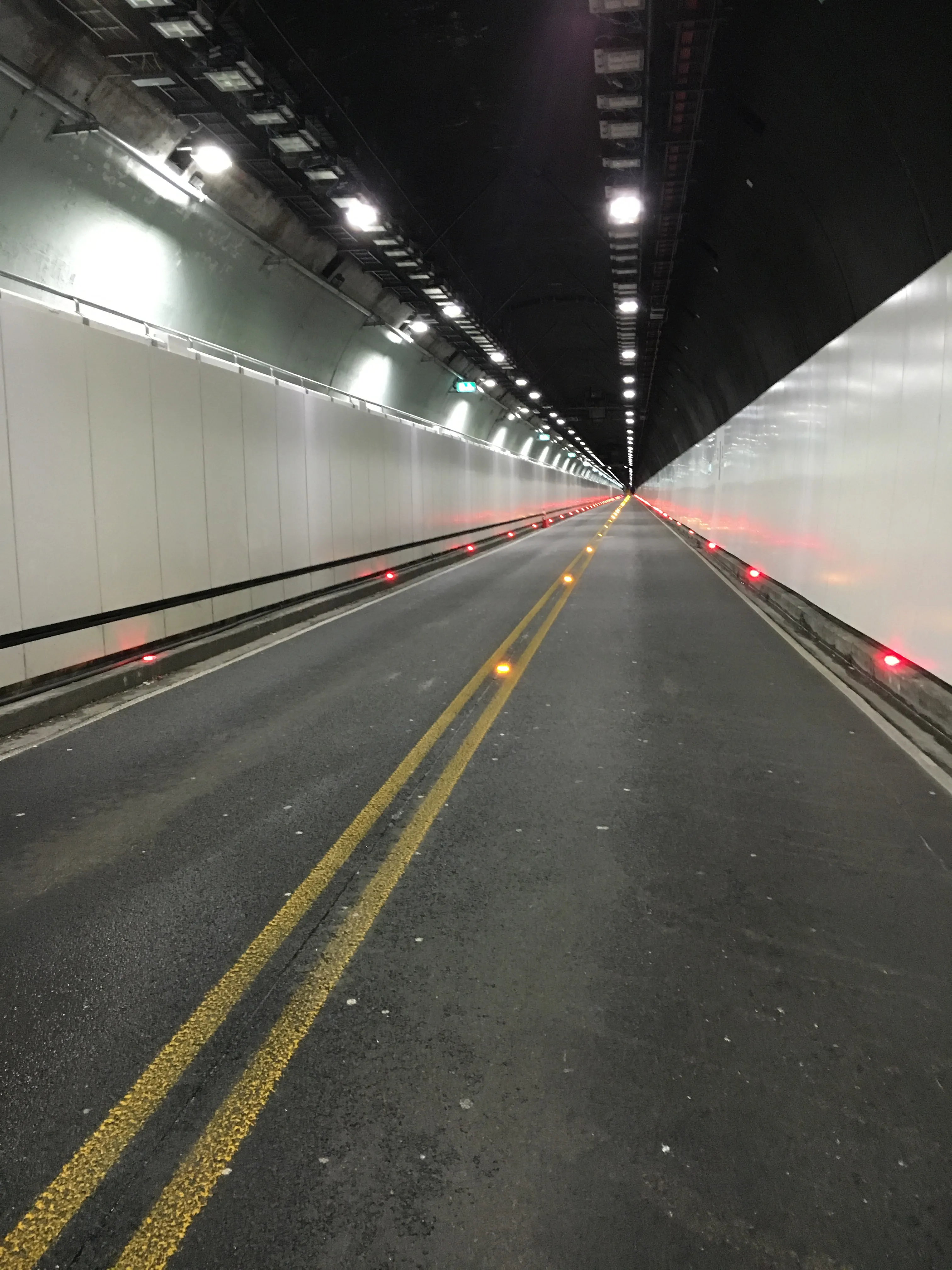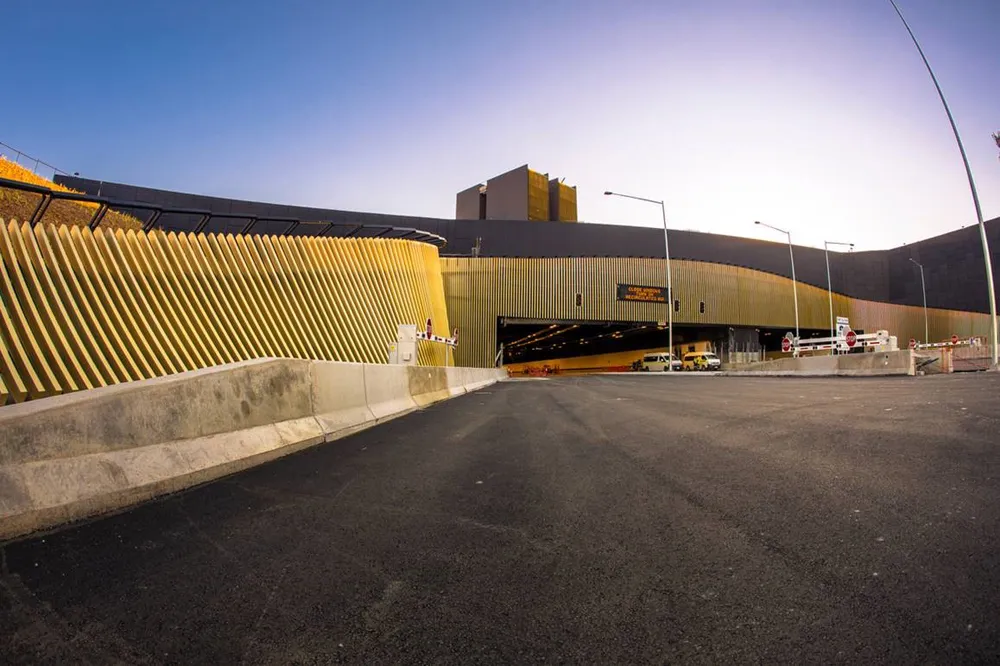
In New Zealand,
The 85-year-old State Highway 1 tunnel is a part of the route from Wellington Airport to the rest of the country’s North Island. It also connects the eastern suburbs to the central city and beyond. The extensive upgrade started in April 2015 and was completed in June.
Upgrade includes energy efficient LED 'intelligent' systems. Lights dim and brighten at the portals in response to outdoor light.
Conditions for driving through the tunnel have been improved with 1,000 light-reflecting white panels beside the carriageway, a new paint palette and inductively powered LED road markers along the sides and centreline. The panels are fire-resistant, adding to the tunnel’s safety profile.
The LED road delineators - are electronically programmed to pulse and strobe in sequence toward the exits in an emergency, guiding people safely out. The system is a world-first use of delineators to this extent, according to the agency.
3i’s work on the project included the supply and commissioning of 124 Tunnel Guidance Markers, 64 Tunnel Lane Markers and associated power supplies - 2x IPL1200i and 1x IPH2000i – along with customised firmware for the emergency modes.
The Tunnel Lane Markers in the centre line provide greater safety through stronger delineation and alignment - critical for the management of bi-directional tunnels, says 3i.
During normal conditions the markers are on standby at a dimmed light output. In the event of an emergency the markers will turn on and cascade towards the safest exit to guide pedestrians out of the tunnel.
Emergency mode activation causes the LED road and edge markers to cascade towards the nearest safe exit.
The tunnel has also been repainted inside and out with a colour scheme that features light blue inside the portals and along the walkway, soft white on the lower walls and new carriageway wall panels, as well as black on the ceiling.








